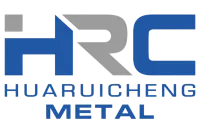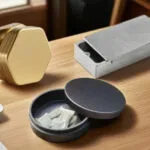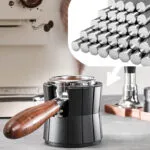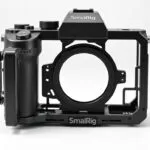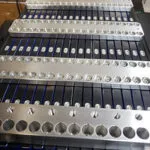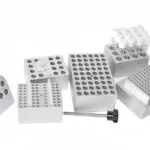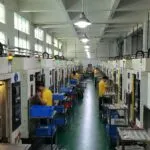Brushing
Brushing is a precision metal finishing process and one of many available surface treatments. It uses abrasive brushes with variable grains to apply unidirectional lines, creating a uniform finish on uneven surfaces. Besides providing a consistent appearance, brushing also deburrs and rounds metal edges.
What is Brushing?
Brushing is a mechanical metal finishing process that creates a uniform textured surface. Using abrasive brushes or belts, it produces fine parallel lines or a satin appearance on materials like stainless steel or aluminum. This treatment enhances aesthetics while hiding minor imperfections. The directional abrasion improves durability and reduces reflectivity compared to polished finishes.
Common applications include appliances, architectural elements, and consumer electronics. The process can be adjusted by varying brush type, pressure, and motion pattern to achieve different visual effects. Brushing offers practical benefits like fingerprint resistance and easier maintenance while providing a sophisticated matte look.
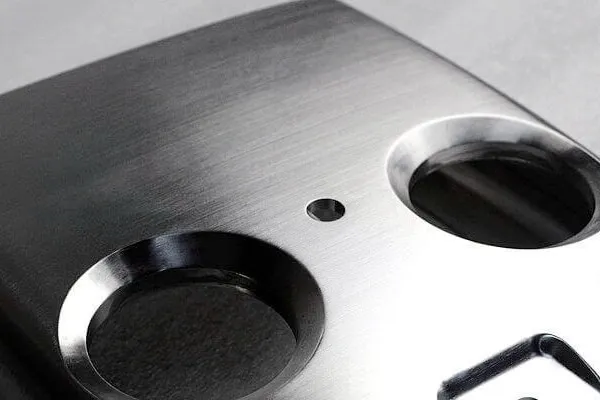
How to Brush a Metal Surface?
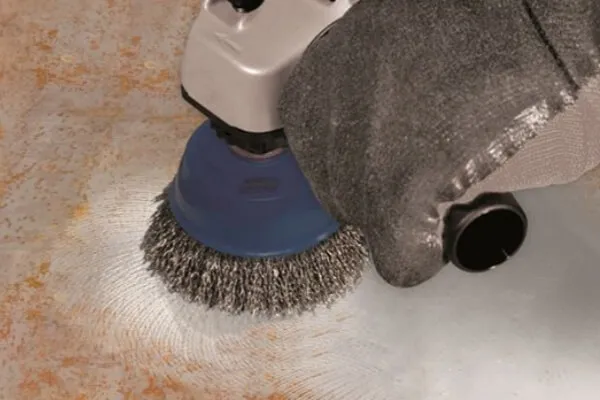
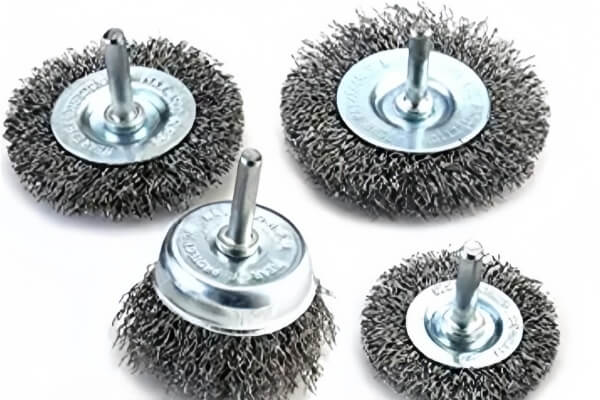
1. Pre-Brushing: Surface Preparation
Before brushing, the metal surface must be completely free of contaminants such as dirt, grease, and oxides. This is achieved through:
– Solvent cleaning (degreasing)
– Pickling (acid treatment for oxide removal)
– Alkaline cleaning (for stubborn residues)
A properly cleaned surface ensures optimal adhesion and uniformity during brushing.
2. Brushing: Texture Application
The core of the process involves mechanically applying fine, directional textures using abrasive brushes or pads. Key controlled parameters include:
– Brush type & grit (determines texture fineness)
– Wheel speed & pressure (affects consistency)
– Brushing direction (linear, radial, or circular)
– Operator skill (ensures precision)
This stage defines the final aesthetic and functional properties of the finish.
3. Post-Brushing: Finishing & Inspection
After brushing, the surface undergoes:
– Cleaning & drying (removes residual abrasives)
– Quality inspection (checks for scratches, dents, or inconsistencies)
– Optional enhancements (polishing or protective coatings for added durability)
The result is a uniform, defect-free brushed finish with improved corrosion and wear resistance.
Which Materials Can Undergo Brushed Surface Finishing?
Stainless steel stands as one of the most widely used materials for brushed surface finishing, prized for its exceptional corrosion resistance and sophisticated visual appeal. The distinctive brushed texture not only enhances a product’s premium appearance but also provides functional advantages, including better resistance to fingerprints and everyday wear. These qualities make brushed stainless steel a top choice across various applications, from modern architectural elements to high-end household appliances and consumer products where both style and longevity are essential.
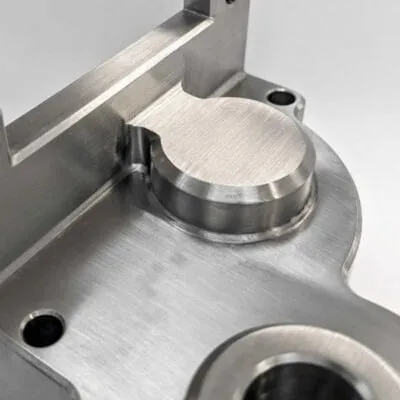
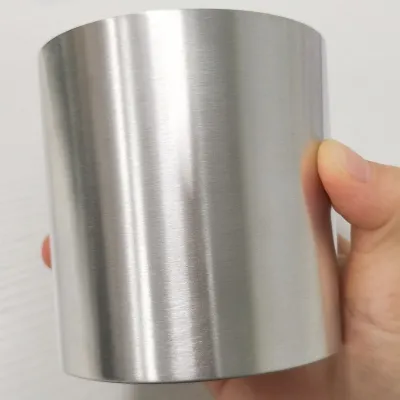
Aluminum has become a premier choice for brushed surface finishing, offering an exceptional balance of lightweight properties, structural strength, and excellent workability. These characteristics make it particularly suitable for manufacturing precision components where both surface decoration and functional performance are required. When processed with brushing techniques, aluminum develops consistent linear grain patterns that exhibit a refined metallic sheen. This distinctive finish not only enhances the material’s visual appeal but also meets growing market demands for sophisticated textures that combine durability with contemporary style across consumer and industrial applications.
Alongside stainless steel and aluminum, other metals like brass, copper, steel, and titanium are equally suitable for brushed surface finishing. Each material reacts uniquely to the brushing process-brass develops warm golden streaks, copper achieves rich patinated tones, and steel and titanium offer industrial-chic matte finishes. These distinctive textured effects provide designers with versatile aesthetic options to elevate product visual impact across various applications.
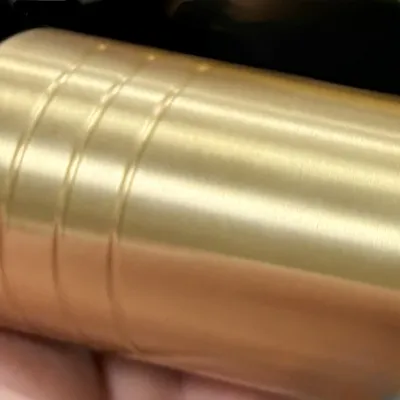
Brushing FAQs
What is brushed stainless steel?
Brushed stainless steel refers to stainless steel material that has undergone the brushing process. This material has a unique linear texture and metallic texture on the surface, which is not only aesthetically pleasing but also has good wear resistance, corrosion resistance, and anti-slip properties.
Why is brushing technology important?
The brushed surface roughness refers to the roughness and evenness of the metal surface after the brushing process. It reflects the delicacy and uniformity of the linear texture, which is one of the important indicators to measure the brushing effect.
What is the brushed surface roughness?
The brushed surface roughness refers to the roughness and evenness of the metal surface after the brushing process. It reflects the delicacy and uniformity of the linear texture, which is one of the important indicators to measure the brushing effect.
Can brushing be applied to mass production?
Yes, the brushing process can be applied to mass production. With the development of CNC machining technology and the popularization of automated equipment, the brushing process has achieved efficient and precise processing and finishing, meeting the needs of large-scale production.
What is the difference between satin and brushed surfaces?
Satin and brushed surfaces have significant differences in their effects. Satin finishes focus on the overall uniformity and softness of the surface, with relatively blurred linear textures; while brushed surfaces emphasize the delicacy and clarity of the linear texture, creating a distinct linear effect and metallic texture.
